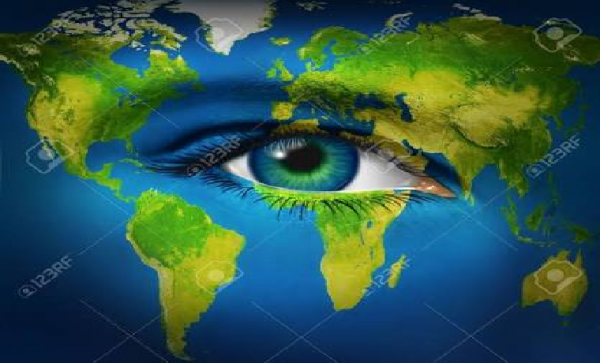ENVIRONMENTAL COMMUNICATION BEYOND MEDIA

Environmental communication and awareness rising is also taking place through citizen volunteers, through the efforts of the corporate sector, and through law and faith-based approaches. Each of these approaches has wide ranging applications across the region.
Citizen Volunteers
Mobilizing volunteer action is a time-tested tradition in environmental management and activism. Volunteers may be drawn from different sections of society; some will bring in specialized skills and knowledge; others will provide a donation of labour and time.
For example, in 1987 the Regional Environmental Management Offices in the Republic of Korea launched the Environmental Watchdog System to raise public awareness of the need for environmental conservation and to encourage citizens to monitor environmental pollution. The system has contributed greatly to increasing public awareness of environmental issues through public relations, monitoring, reporting, and by accommodating public views and opinions. While the vast number of people involved was a positive development, it also posed management difficulties. To address this concern, the Ministry of Environment set up the Honorary Guard System for the Natural Environment as a watchdog in accordance with the Natural Environmental Preservation Act.
Working with the Corporate Sector
Today, environmental communication initiatives often work closely with the corporate sector. Recognising that business, commerce and industry are key players in achieving sustainable development and equitable growth, environmental educators have started to form partnerships with
socially and environmentally responsible corporations. Increasingly, the corporate sector is initiating environmental awareness, communications and education activities on its own, as part of their community outreach or service programmes. In some cases, large corporations underwrite the cost of environmental communications activities initiated by inter-governmental organizations.
The Environmental Conservation Committee of Sony has been actively involved in environmental work for many years, monitoring regional committees set up in North America, Europe and Asia. These committees identify environmental problems in their regions, and devise responses that can be implemented easily and efficiently. In October 1998, Sony Group in Singapore, in association with the Tertiary Institutions Council for the Environment (TICE) and the Ministry of Environment, established the Sony Environmental Conservation Prize to stress the importance of environmental issues. Open to university and polytechnic students, the competition solicits innovative ideas for environmental conservation.
In a growing number of countries, business and industry are coming together to form alliances or common fronts for taking corporate environmental responsibility to greater professional levels. Such business councils for sustainable development have already been formed in several countries, such as Japan, the Philippines and Sri Lanka, and the chambers of commerce in these countries are actively involved in enabling companies to become more environmentally responsible corporate citizens.
Faith and Law based Approaches
Public interest environmental litigation is increasingly popular in the region. In this, a group of lawyers or an NGO would initiate legal action for and on behalf of a local community directly affected by a specific instance of environmental degradation. The strengthening of environmental legislation in most countries during the 1990s and the increased awareness on environmental rights, has fuelled this process. Beyond mere litigation, most environmental law groups also engage in raising awareness on the legal provisions and rights related to the environment.
Environmental education and the promotion of environmentally friendly life-styles can also be carried out through faith groups. In the mid 1980s, the WWF brought senior representatives of the world’s major religious faiths together in Italy to discuss each faith’s teachings and principles on man and the environment. Having found a considerable amount of common ground among all religions on this subject, it was adopted as a strategy to enlist the support of religious leaders and groups to promote environmental awareness and, in particular, environmentally friendly lifestyles. In the Asian and Pacific Region, a number of initiatives have also been started with support from the UK-based Alliance of Religions and Conservation.
Some countries are actively supporting the development of sustainable lifestyles through religious teachings. For example, Bhutan is actively promoting the Buddhist way of life to ensure that its citizens are sensitive to the conservation of environment and natural resources. The Royal Government of Bhutan made a national commitment in 1995 to uphold its obligations to the future generations by charting a path of development called the Middle Path. This development upholds both environmental and cultural preservation as an integral part of the development process. To ensure that the modern development pressures will not lead to negative impacts on the environment, the Bhutan government is invoking Buddhist teachings to impress upon the people the value of environmental conservation and sustainable lifestyles.
SOURCE: EDUCATION, INFORMATION AND AWARENESS
The author of this article is Asst. Professor, Pioneer Institute of Professional Studies, Indore





